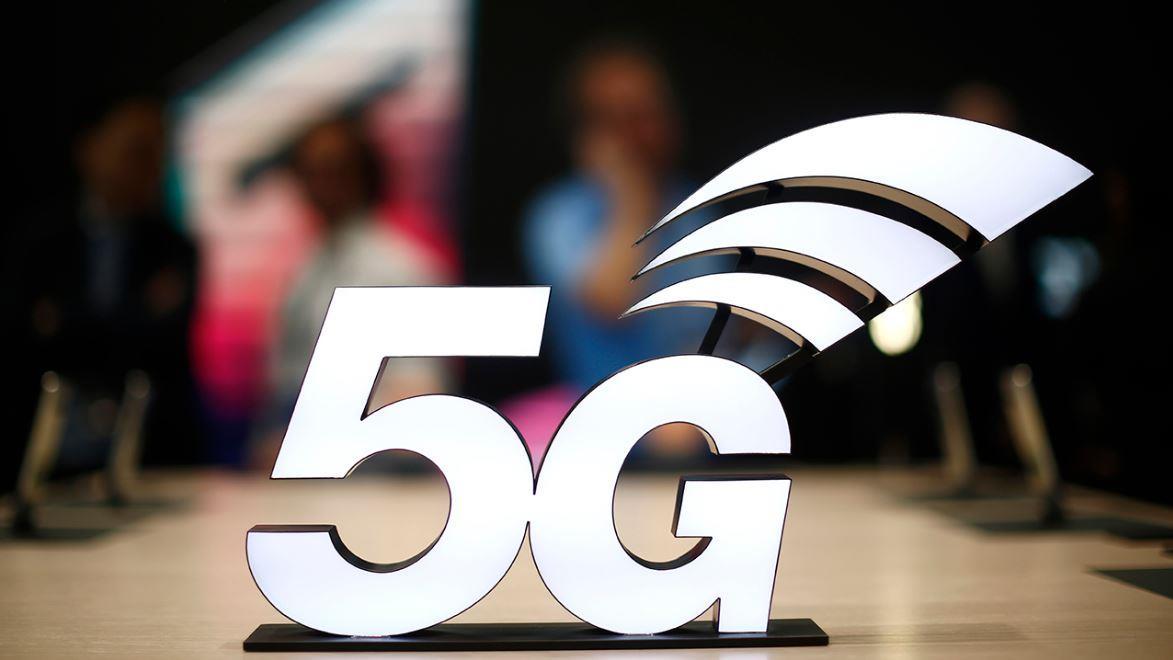Anti-5G group plans global protest
'This is a really big mistake'
A group of activists against the expansion of 5G wireless technology is planning a protest in New York City to warn people about its negative effects.
The U.S. government and cell service providers -- particularly the Federal Communications Commission (FCC) and AT&T -- have been making strides to catch up with China's ever-growing 5G technology, which is expected to be the new global wireless standard since it will deliver significantly faster and more precise internet connections to users than the 4G technology the U.S. uses today.
But some activists are worried about the "biological and health effects of electromagnetic fields" related to wireless technology, saying it can lead to radiation that causes cancer, and a group called the NYC 5G Wake-Up Call is taking its concerns to the public on Jan. 25, the Global Day of Protest to Stop 5G on Earth and in Space.
The issues
"This is a really big mistake," health and environmental activist Camilla Rees told FOX Business of 5G. "Follow the money and you find that it’s also about the mass collection of data."
Rees and Grassroots Environmental Education Associate Director Doug Wood brought up a 2018 study conducted by the Department of Health and Human Services' National Toxicology Program that found "clear evidence" of cancer linked to cellphone radiofrequency. Tumors were found in the brains, hearts and adrenal glands of male rats exposed to cellphone frequency, and DNA damage was found in female rats.
"There's not one study that shows what happens to rats in an experiment won't happen to humans," Wood said.
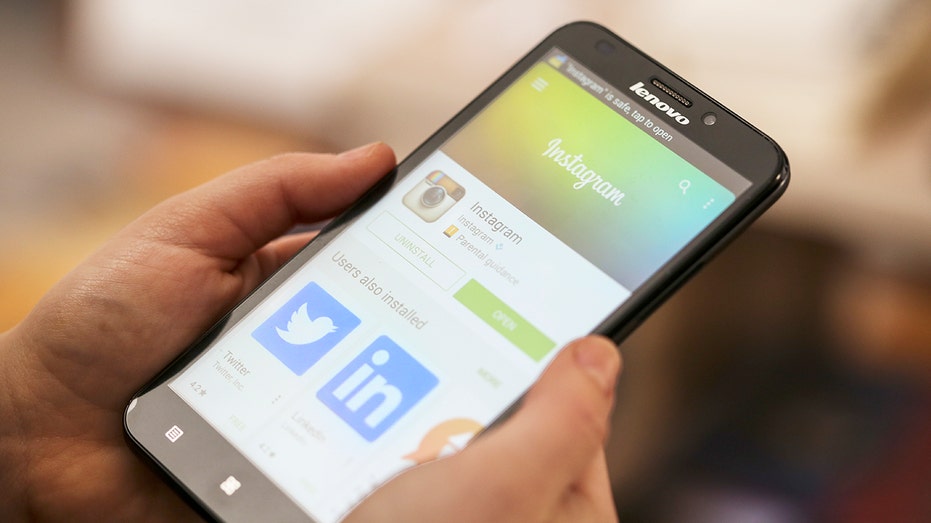
While there haven't been studies specifically linking 5G to radiation and other damaging health effects because it is too early in the world of 5G wireless to conduct such research, there are other studies linking the biological effects of cellphone radiowaves, Rees said.
"I don’t have fears," Rees said. "There are over 10,000 studies showing there are biological effects [of radiowaves]. I have concerns that these studies aren’t being considered" and the movement toward 5G is going "way too fast."
One of the main concerns with 5G, Rees said, is the fact that "5G is going to be much higher frequency than what we’re used to today."
5G RACE FULL-SPEED AHEAD: MISGUIDED ATTEMPT TO NATIONALIZE IS OVER, FOR NOW
Other studies debunk the claim that 5G can cause health effects. The Institute of Electrical and Electronics Engineers Standards Association, for example, found in a 2019 study that there is no evidence proving 0-Hz-to-300-GHz frequencies -- which 5G is not likely to surpass -- had adverse health effects on those exposed to such frequencies.
A diagram by CNET helps readers visualize the frequency given off by 5G wireless and the extent to which it is harmful to humans.
"But since 5G will require not only the higher frequencies but all of the lower ones as well, [the issue of higher frequencies] doesn’t really matter," Wood said.
He and Rees said many studies that are cited to debunk claims that wireless radiation can cause biological and health effects refer to the FCC's exposure guidelines, which qualify "harmful" exposure to radiofrequency as those that produce "significant heating and increased body temperature." But heat is not necessarily always a factor in potentially harmful exposure, they said.
"It has been the primary theory of regulators and lawmakers that if [radiofrequency] doesn’t heat your skin, it’s not doing any damage," Wood said. "This has been proven completely false."
Rees said the FCC "is going to be sued" to reverse these guidelines.
Her other main concern with 5G implementation is what she calls "antenna densification," or the antennas that will have to be put up in neighborhoods across the country as part of 5G's complex architecture that implements antennas that are close to home and satellites in space. Besides higher frequency, Rees says the proximity of these antennas to buildings and therefore people should be a concern.
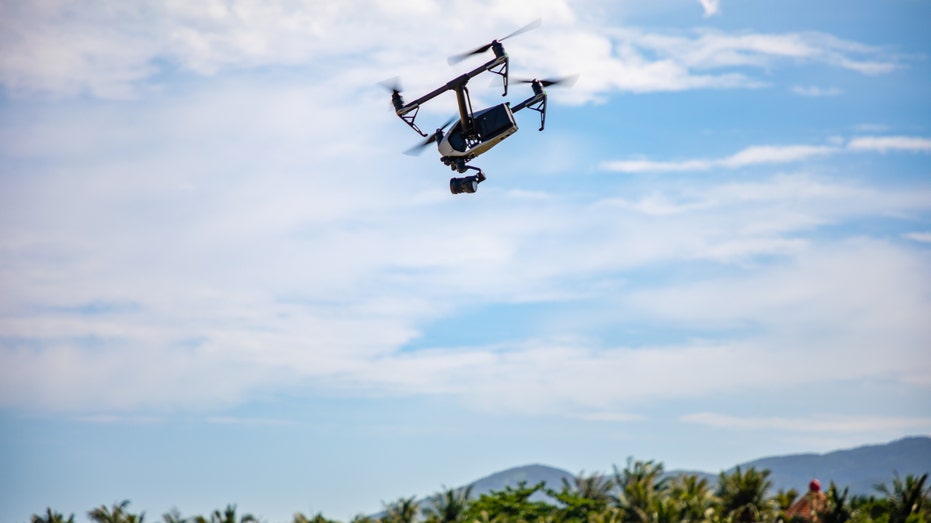
The antennas won't be "way off in the distance – they’re going to be on our streets, attached to utility posts and buildings, close to schools and places of work," Rees said.
"Consider this issue in light of democracy," she explained. "There are over 170 cities in this country today that are protesting their rights to protect their communities because there are laws in about 25 states that prevent local governments from limiting these antennas. They're pushing antennas down the throats of local governments."
These antennas and satellites are simply a means to an end, and that end is 24/7 mass data collection, Rees said.
STEVE MOORE: THE 5G GLOBAL TECHNOLOGY RACE IS VITAL FOR OUR FUTURE
"This is about data," Rees said. "It is about collecting data from us – in our neighborhoods, in our homes, for the Internet of Things (IoT). This is like a cancer at the heart of our economy right now. It’s about data – selling data, making more money and influencing people."
Wood also brought up the issue of democracy in terms of these antennas.
"Moving the antennas close to where people live, and exposing them to wireless radiation 24/7 whether they like it or not, seems like a violation of a basic American right to choose how we live," Wood said. "This is not a utility. It’s not for public safety. It’s not for first responders. It’s not for national security. It’s for streaming video and the internet of things. How important is that?"
The argument
Others, like New York Times senior writer William J. Broad, argue that concerns of potential radiation risks are the product of a 2000 report by physicist Bill P. Curry. Curry argues in his report that the "microwave radiation environment" imposed on people through wireless computer networks was "likely to be a serious health hazard."
The report includes a chart that shows an exponential health hazard linked to higher-frequency wireless signals.
Broad argued in the Times, which has partnered with Verizon to create a "5G Journalism Lab," that Curry's report is wrong because wireless signals actually become less dangerous at higher frequencies until they reach extreme high-frequency levels, at which point they start to behave differently than high-frequency signals and pose a greater health effects caused by radiation.
He quotes two experts who have, in their own research, supported the claim that high-frequency wireless signals do not pose serious health hazards.
Wireless telecom analyst Jeff Kagan also isn't worried. He said he can't get his information from the "countless studies" that have been done on the subject because they are all "conflicting."
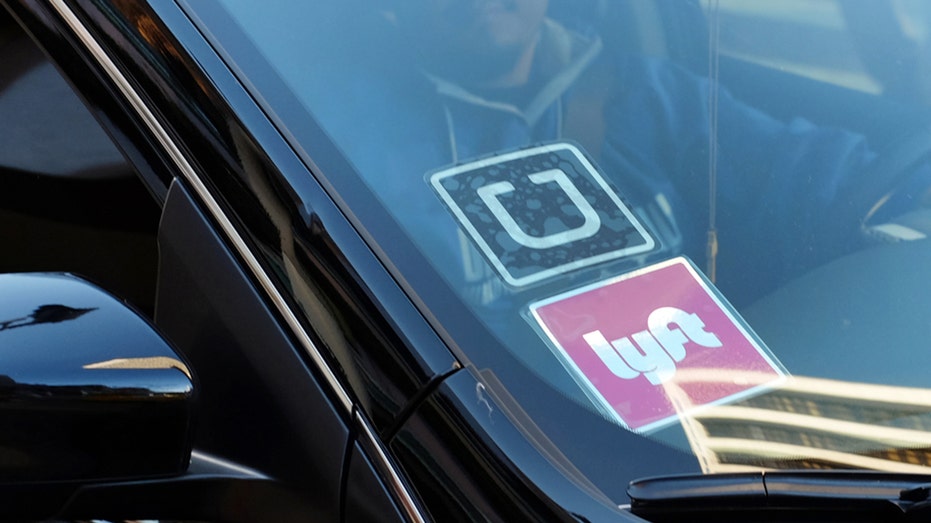
A driver displaying Lyft and Uber stickers on his front windshield drops off a customer in downtown Los Angeles. (AP Photo/Richard Vogel, File)
"This sounds like a regurgitation of the same thing that happened when 4G was launched," he said. "There’s a group that steers information that wireless technology can cause cancer or other things because you’re holding a device with your head, and it's communicating powerfully to wireless antennas. They say if a device can do that, it can cause physical damage, but ... no one knows."
Kagan said he gave activist groups the benefit of the doubt when they were saying the same thing about 4G years ago.
GET FOX BUSINESS ON THE GO BY CLICKING HERE
"I was listening, and they got the fear built up in everyone, but I’ve been watching the marketplace for 35 years, and I haven’t seen any problems," he said. "If it didn’t happen with 4G, why would it happen with 5G?"
Kagan added that he doesn't think activists are trying to spread misinformation or harm the people who work for wireless networks; they really believe what they are saying, "but that fear hasn’t stopped anyone from buying or using smartphones."
"Smartphone purchases grow every year, and people use them more and more every year," he said. "Now we’re heading into 5G, then 6G, then 7G -- it will keep getting faster and more convenient. We'll see more jobs, more wealth, more services for customers. ... 5G is moving into health care, automotive, retail – it’s the core of an enormous growth engine that will continue to fuel the economy and worldwide."
He added that important future technology like self-driving cars won't be operable on 4G, just like Uber and Lyft wouldn't have been operable under 4G, and our future as an innovative nation that can compete successfully with other nations relies on 5G. Rural areas could also benefit from the impact of 5G, as FCC Chair Ajit Pai recently explained.
A potential solution
Wood and Rees came to the conclusion that fiber optic cables are the ideal solution to deliver internet speeds even faster than 5G. Of course, fiber optic connections would cost wireless connections.
5G uses fiber optic technology, which is what we use right now, along with antennas that allow the connection to be wireless. Wood said fiber optic signals "move at the speed of light."
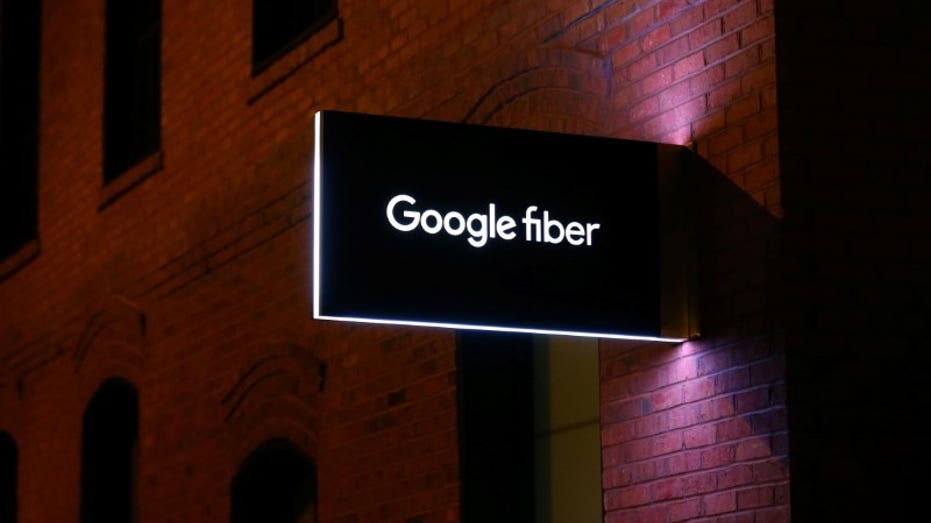
A building housing Google fiber, a division of Alphabet Inc., in downtown Charlotte, North Carolina, Sept. 23, 2016. (REUTERS/Mike Blake)
"All 5G requires fiber optic," Wood said. Therefore, "5G can’t go faster than fiberoptic."
The cost, of course, would be the inability to walk down the street and download a video at the same time, but it's a tradeoff, Wood added.
CLICK HERE TO READ MORE ON FOX BUSINESS
Rees agreed, arguing that "hard-wired, fiber optic" technology is safer, faster and more enduring in bad weather conditions than 5G.
5G "makes absolutely no sense based on the speed, security, safety, energy efficiency and environmental durability associated with hard-wired fiber optics," she said.




















